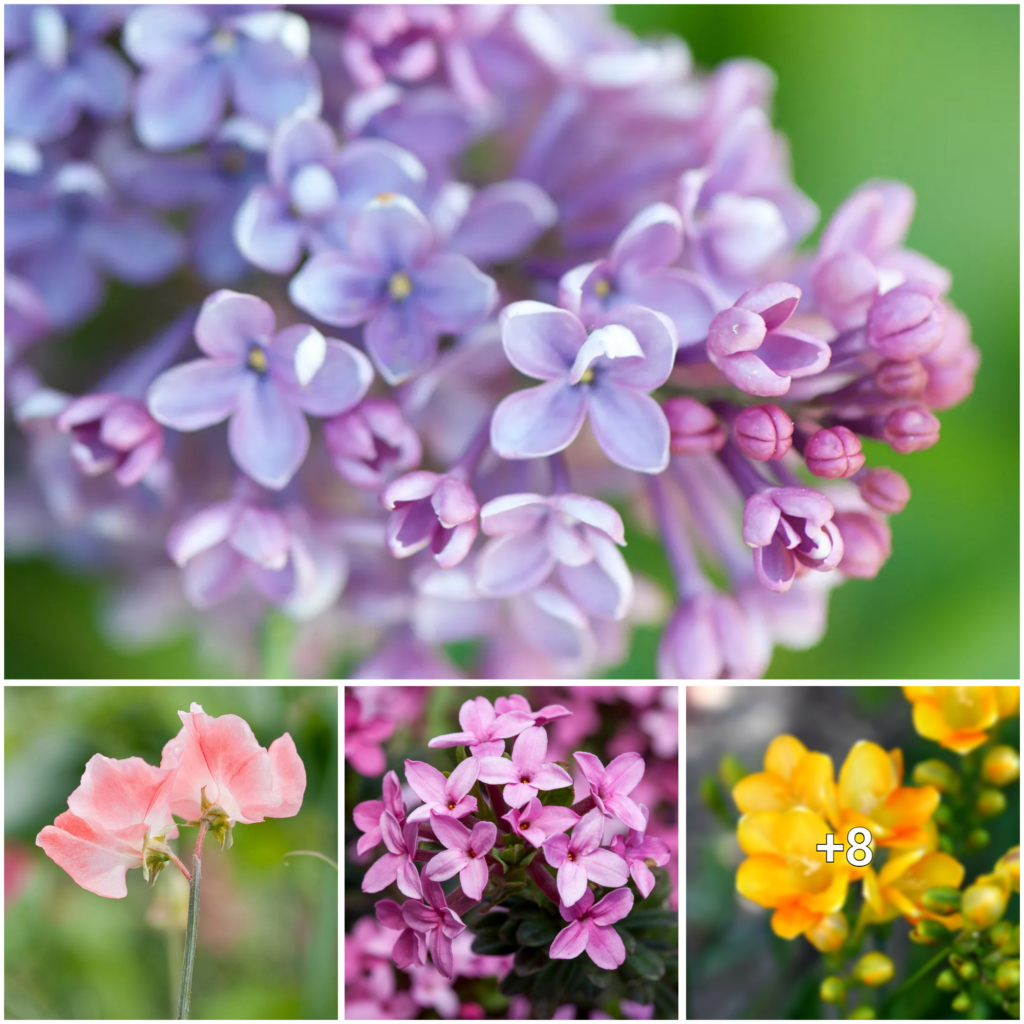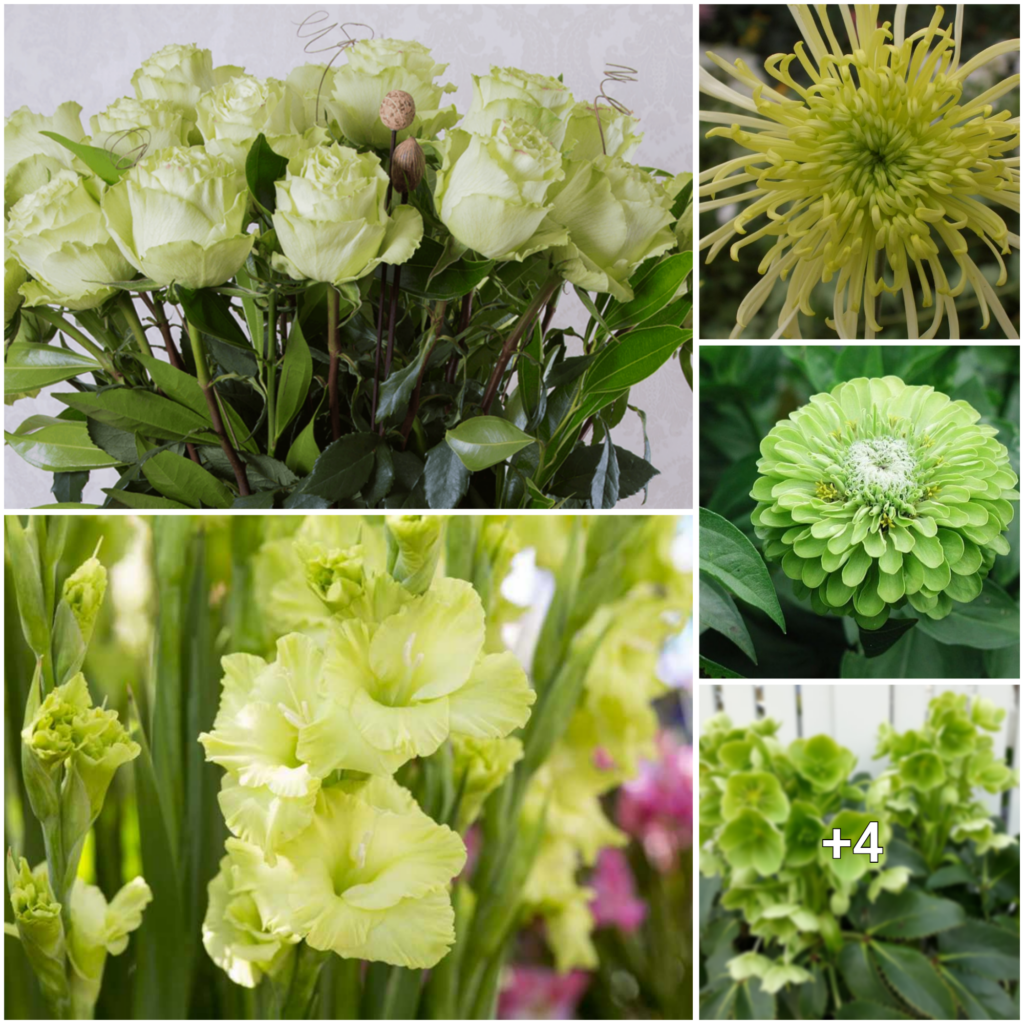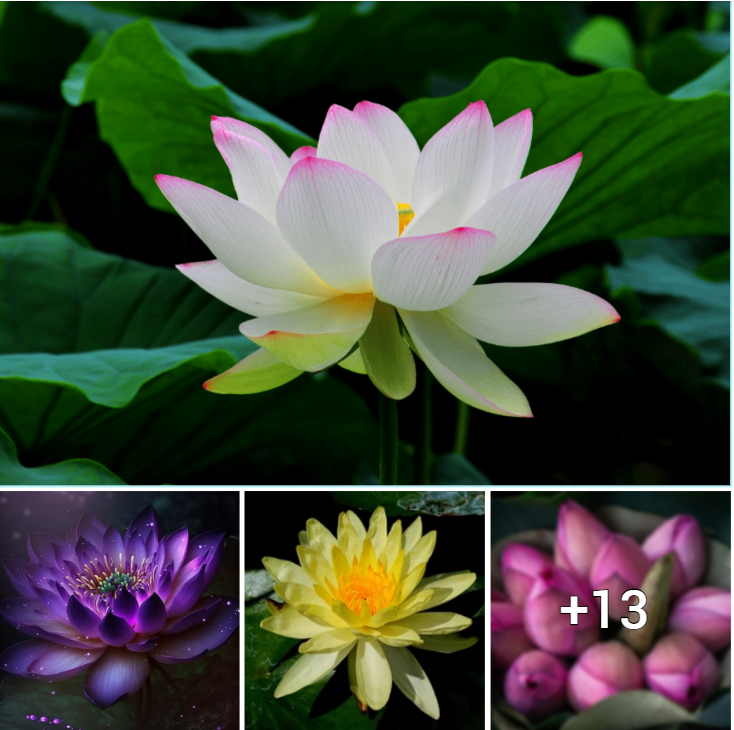
Are you a passionate gardener who wants to add some exotic flair to your yard? Meet the enchanting Plumeria flower – beloved for its stunning, fragrant blooms. However, getting this tropical gem to flourish can be intimidating for some green thumbs. If you’re eager to enjoy a flourishing Plumeria in your own garden, fear not! Our article is here to help. We’ll provide an in-depth guide with expert tips and proven techniques for inducing Plumeria plants to bloom beautifully.

Plumeria, which is also known as Frangipani, is a plant that hails from tropical regions such as Central America, the Caribbean, and certain parts of South America. This plant is highly regarded for its unique scent and lovely flowers, which embody the appeal of tropical paradise. The blooms of Plumeria have soft petals and come in a variety of colors like white, pink, yellow, red, and other shades. Its beauty is truly irresistible.

To ensure the blossoming of Plumeria, it’s essential to create the perfect environment for growth. These plants flourish in warm and sunny weather, with temperatures around 70-80 degrees Fahrenheit (21-27 degrees Celsius). When selecting a spot to plant them, make sure they receive full sunlight for at least six hours every day. Furthermore, it’s crucial to use soil that drains properly to avoid water accumulation, which can impede blooming.

It’s crucial to water your Plumeria correctly if you want it to flourish and bloom. To ensure its health, make sure to water it deeply during the active growing season when the top layer of soil is dry. However, don’t go overboard with watering, as Plumerias can easily become damaged by root rot. Depending on where you live, you may need to adjust the frequency of your watering to allow the soil to dry out a bit in between.

To ensure your Plumerias grow healthy and bloom beautifully, it’s important to feed and fertilize them regularly. Start feeding them in the early spring when new growth appears. It’s recommended to use a fertilizer with a high-phosphorus ratio like 10-30-10, which can support flower production. During the active growing season, apply the fertilizer every two to three weeks. However, be careful not to overdo it as too much nitrogen can lead to excessive foliage growth but fewer blooms.

Achieving Blossoming Success through Pruning: The process of pruning is indispensable in molding the shape of Plumerias and encouraging the production of blooms. To commence pruning, do it during the dormant season, which is usually in late winter or early spring before new growth begins. Get rid of any damaged or lifeless branches plus any sucker that appears from the base of the plant. While pruning, ensure you use clean and sharp tools to prevent the spread of infections. By selectively pruning your Plumeria, you can channel its energy towards producing more blooms.
Extra Pointers for Blooming:
Try using a root stimulant during planting to boost root development and the overall health of the plant. Ensure you safeguard your Plumeria from frost and cold temperatures since they are susceptible to extreme cold. Keep an eye out for pests such as aphids or mealybugs and take necessary measures to control them promptly.




